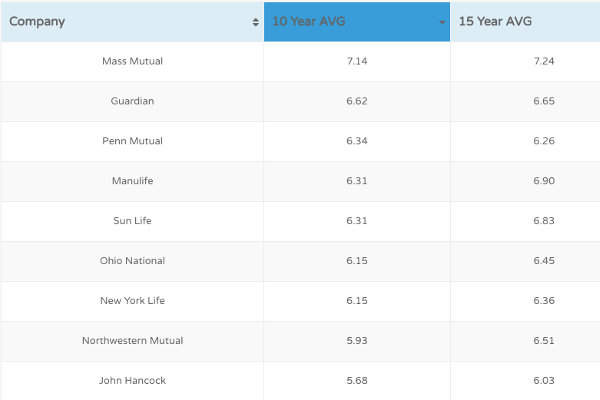When it comes to choosing the right life insurance policy, there are several options available in the market. Two popular choices are Variable Universal Life (VUL) insurance and Whole Life insurance. Both policies offer unique features and benefits, but understanding the differences between them is crucial in making an informed decision. In this article, we will compare VUL vs Whole Life insurance, highlighting their key features, advantages, and disadvantages. So, let's dive in and explore which option is better suited for your needs.
Understanding Variable Universal Life (VUL) Insurance
Variable Universal Life (VUL) insurance is a type of permanent life insurance that combines the elements of both life insurance coverage and investment opportunities. With VUL insurance, policyholders have the flexibility to allocate a portion of their premium payments into various investment options such as stocks, bonds, and mutual funds. The cash value of the policy can fluctuate based on the performance of these investments.Advantages of VUL Insurance
- Flexibility: VUL insurance offers flexibility in terms of premium payments and death benefit coverage. Policyholders can adjust their premium payments and death benefit amount according to their changing financial needs.
- Investment Potential: VUL insurance allows policyholders to potentially grow their cash value through investment options. If the investments perform well, the cash value can increase significantly over time.
- Tax Benefits: The cash value growth in a VUL policy is tax-deferred, meaning policyholders don't have to pay taxes on the investment gains until they withdraw the funds.
Disadvantages of VUL Insurance
- Market Risk: Since VUL insurance is tied to investment performance, there is a level of market risk involved. If the investments perform poorly, the cash value and death benefit may decrease.
- Complexity: VUL insurance can be complex to understand and manage. Policyholders need to have a good understanding of investment strategies and market trends to make informed decisions.
- Higher Costs: VUL insurance tends to have higher costs compared to other types of life insurance policies. The fees associated with managing the investment component can eat into the cash value growth.
Discover Which Life Insurance Fits You Best!
Click below to get a Quote Now!
Get Me A QuoteExploring Whole Life Insurance
Whole Life insurance is another type of permanent life insurance that provides coverage for the entire lifetime of the insured individual. It offers a guaranteed death benefit and a cash value component that grows over time. The premiums for Whole Life insurance are typically higher than term life insurance but remain level throughout the policyholder's life.Advantages of Whole Life Insurance
- Guaranteed Death Benefit: Whole Life insurance provides a guaranteed death benefit, ensuring that your loved ones will receive a payout upon your passing.
- Cash Value Growth: The cash value in a Whole Life policy grows at a guaranteed rate, providing a stable and predictable investment component.
- Tax Benefits: The cash value growth in a Whole Life policy is also tax-deferred, allowing policyholders to accumulate wealth without immediate tax implications.
Disadvantages of Whole Life Insurance
- Limited Flexibility: Whole Life insurance offers limited flexibility compared to VUL insurance. Policyholders cannot adjust their premium payments or death benefit amount once the policy is in force.
- Lower Investment Potential: While the cash value in Whole Life insurance grows at a guaranteed rate, it may not offer the same level of investment potential as VUL insurance.
- Higher Premiums: Whole Life insurance typically has higher premiums compared to other types of life insurance policies. This can make it more challenging for individuals on a tight budget to afford the coverage.
VUL vs Whole Life: Which is Better?
The decision between VUL and Whole Life insurance ultimately depends on your individual financial goals and risk tolerance. Here are a few scenarios where one policy may be more suitable than the other:- If you value flexibility and investment potential: VUL insurance may be a better option if you want the ability to adjust your premium payments and potentially grow your cash value through investments.
- If you prefer stability and guarantees: Whole Life insurance may be a better fit if you prioritize a guaranteed death benefit and a stable cash value growth rate.
- If you have a higher risk tolerance: VUL insurance exposes you to market risk, which can lead to higher returns but also potential losses. If you are comfortable with market fluctuations, VUL insurance may be a good choice.
- If you have a lower risk tolerance: Whole Life insurance provides a more conservative approach with guaranteed cash value growth. If you prefer a stable and predictable investment component, Whole Life insurance may be the better option.




